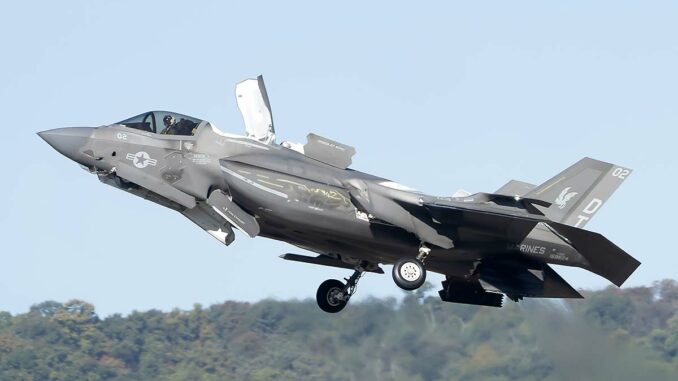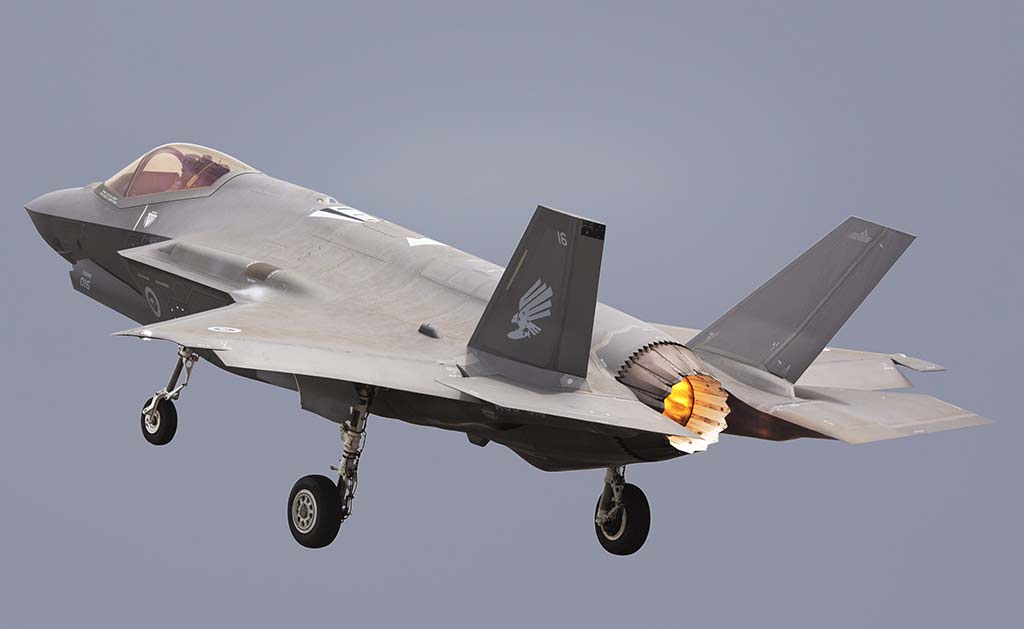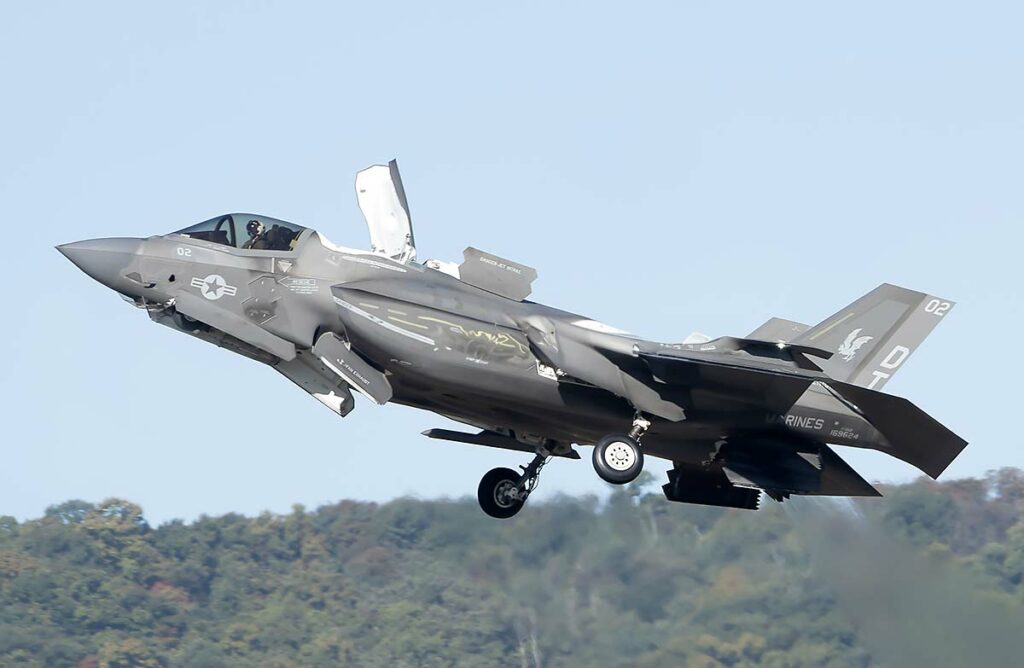
Analysis of Lockheed Martin’s F-35 delivery delays and their consequences for defense and industry.
F-35 delivery delays: technical issues and challenges
Lockheed Martin has announced a further delay in the delivery of upgraded F-35 fighters, now scheduled for autumn 2024. This announcement marks an important milestone for the F-35 program, known for its complexity and high cost. Lockheed CEO Jim Taiclet attributed the delay to difficulties encountered in the system maturation process, including technology upgrades known as Technology Refresh 3 (TR-3).
TR-3 upgrades include software and hardware advances, such as better displays, increased computer memory and improved processing power. These upgrades are essential to prepare the F-35 for a new wave of improvements, referred to as Block 4, which should enable the jet to carry more precision weapons, have better detection, jamming, cybersecurity and target recognition capabilities.
However, TR-3 deployment has been repeatedly delayed due to software problems and integration challenges with the aircraft’s new hardware. These delays resulted in the army refusing to accept aircraft that could not complete the necessary test flights prior to delivery. As a result, between 100 and 120 jets are currently in storage in Fort Worth, Texas.
The complexity of these upgrades underscores the challenges Lockheed Martin faces in keeping the F-35 at the cutting edge of technology. Integrating new capabilities into such a sophisticated system requires careful attention to ensure reliability and operational efficiency.

The consequences of delivery delays
Delayed delivery of the F-35 has significant consequences for both defense and industry. From a military point of view, these delays can have an impact on the preparation and modernization of armed forces, particularly for partner countries in the F-35 program. Delays in the integration of TR-3 technology, and consequently in the deployment of Block 4 upgrades, could limit the F-35’s ability to respond to emerging threats and adapt to changing combat environments.
On the industrial front, Lockheed Martin is facing significant financial losses, as evidenced by the $400 million drop in F-35 sales last year. These delays are also affecting the company’s reputation and its ability to meet future delivery deadlines. What’s more, the need to potentially slow down the F-35 production rate could have repercussions on employment and the economy of the regions involved in production.
However, it is important to note that upgrades to the F-35 are crucial to maintaining the aircraft’s status as a state-of-the-art fighter. The TR-3 and Block 4 upgrades will significantly increase the jet’s capabilities, particularly in terms of firepower, detection capabilities and cyber security. So, despite the short-term challenges, these delays could lead to significant benefits in terms of performance and operational capabilities in the long term.

Delays in delivery of the upgraded F-35 pose significant challenges, but are crucial to ensuring the jet’s future effectiveness. The technical and financial stakes are high, but the expected benefits could redefine the capabilities of modern air forces.
War Wings Daily is an independant magazine.